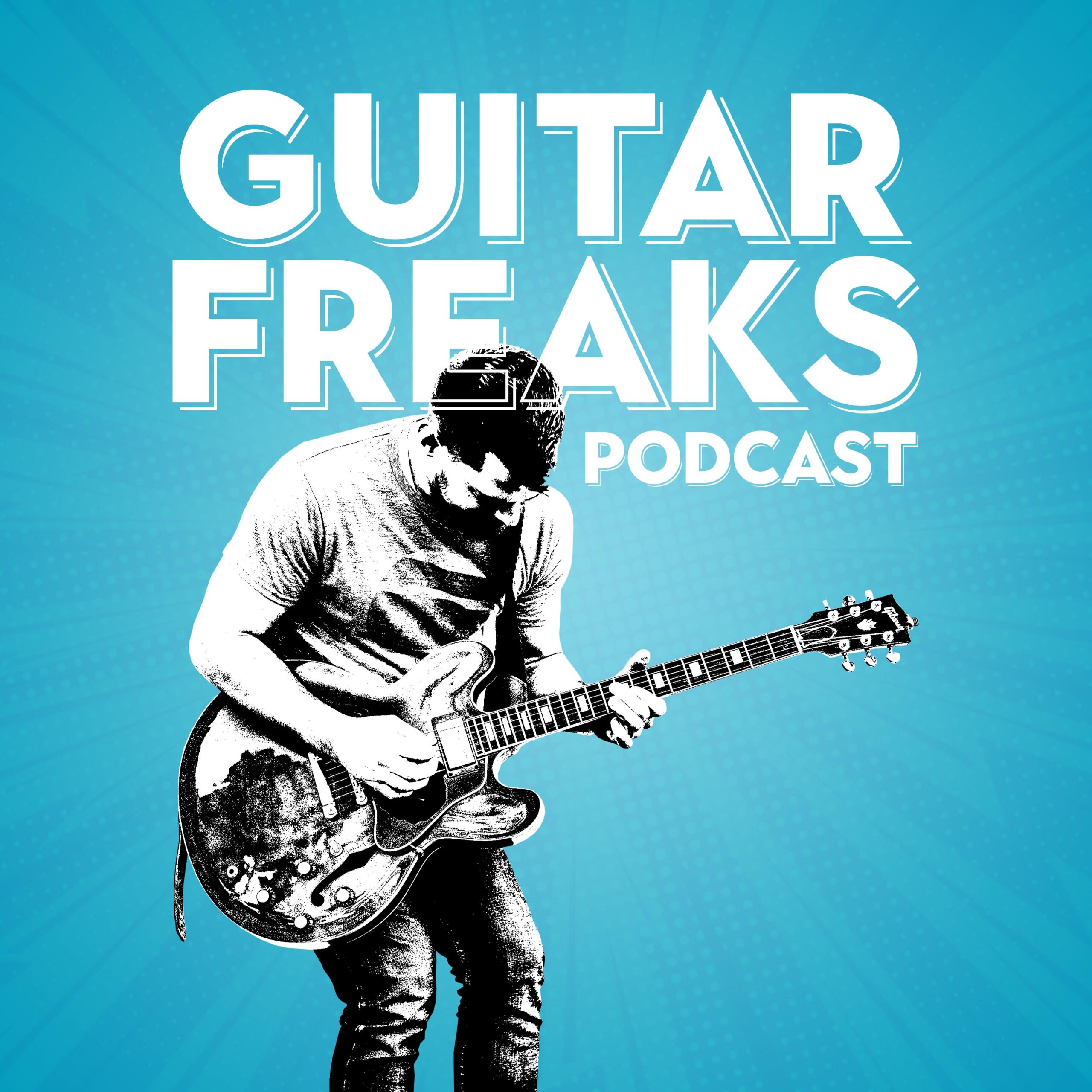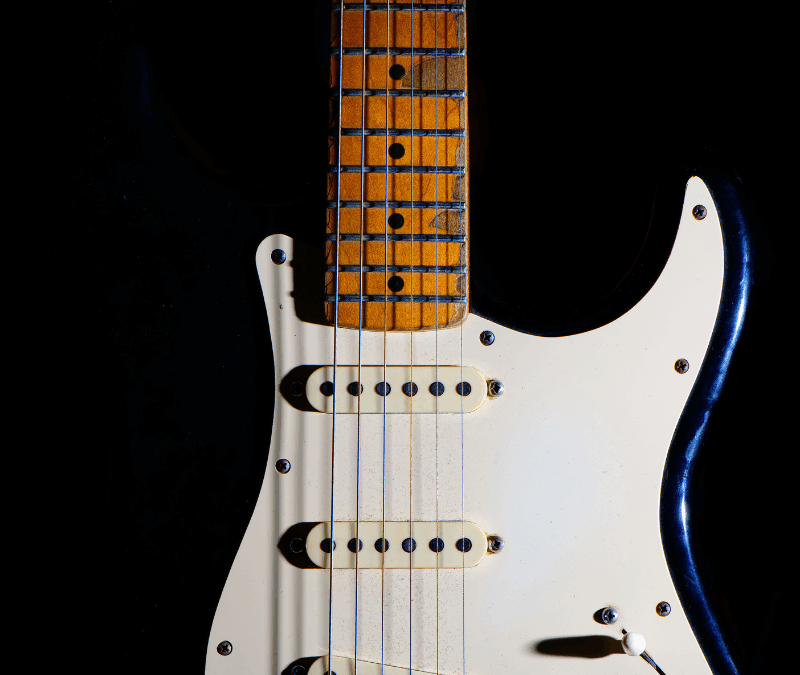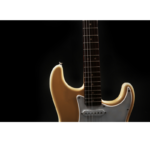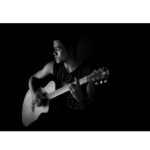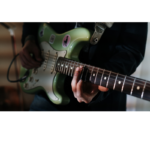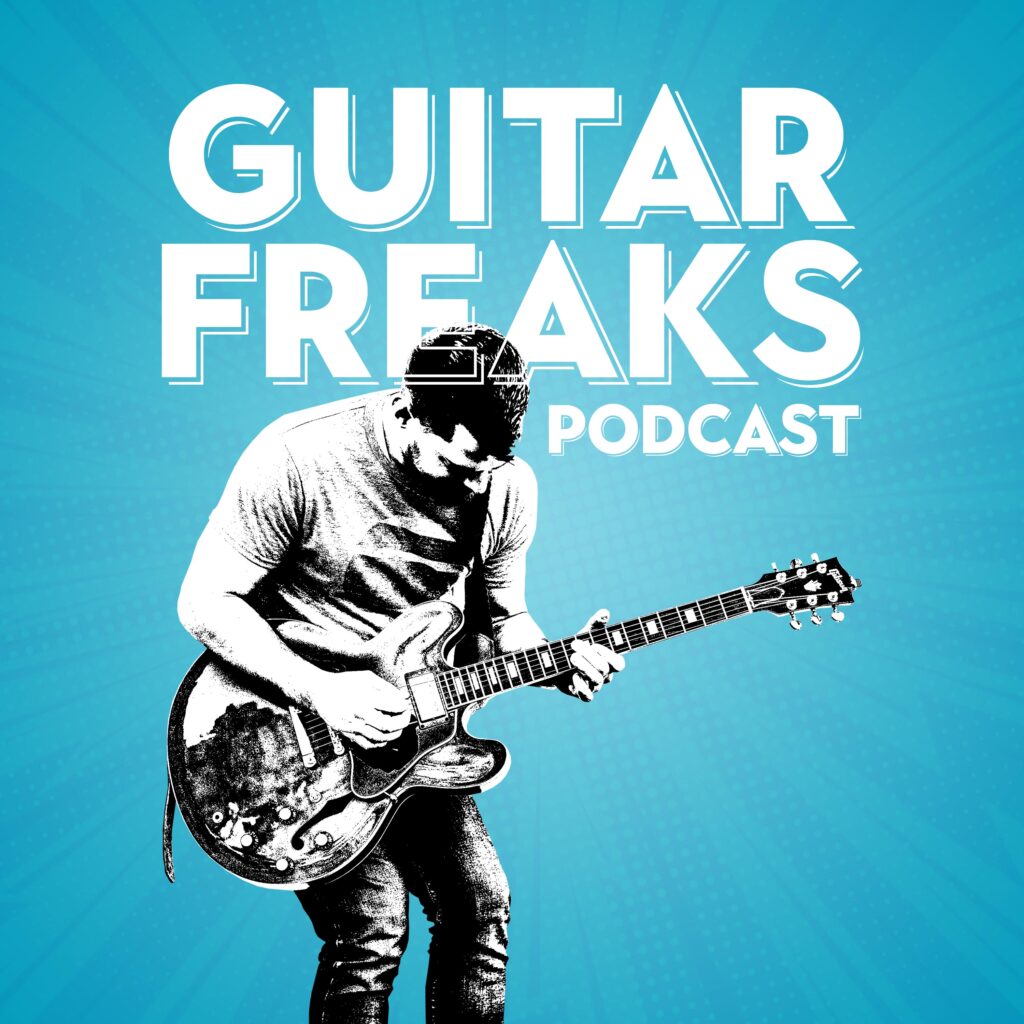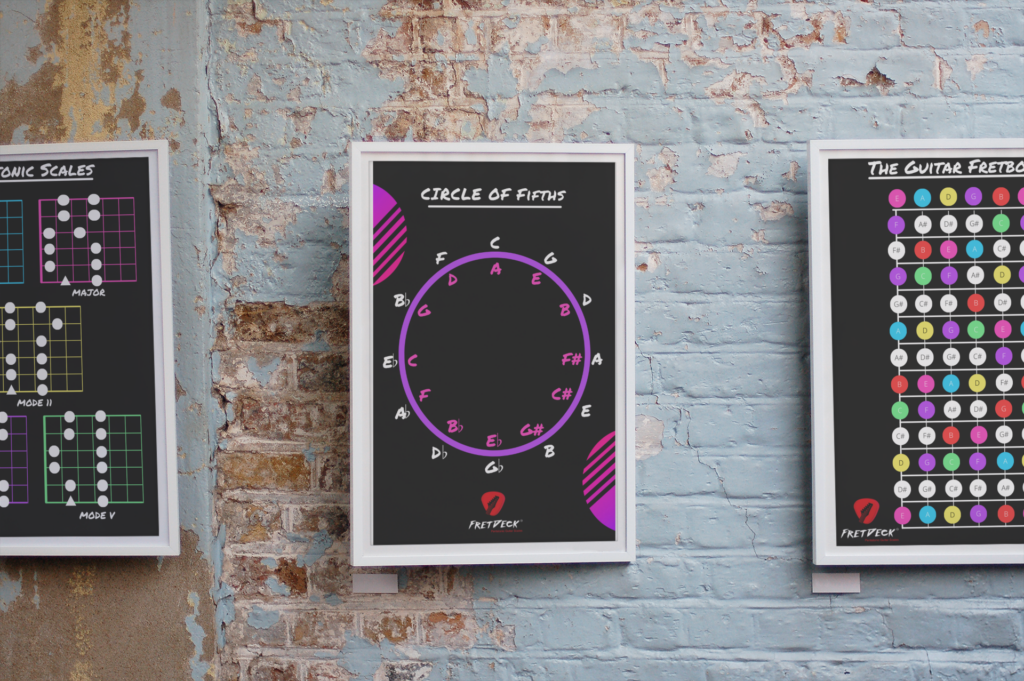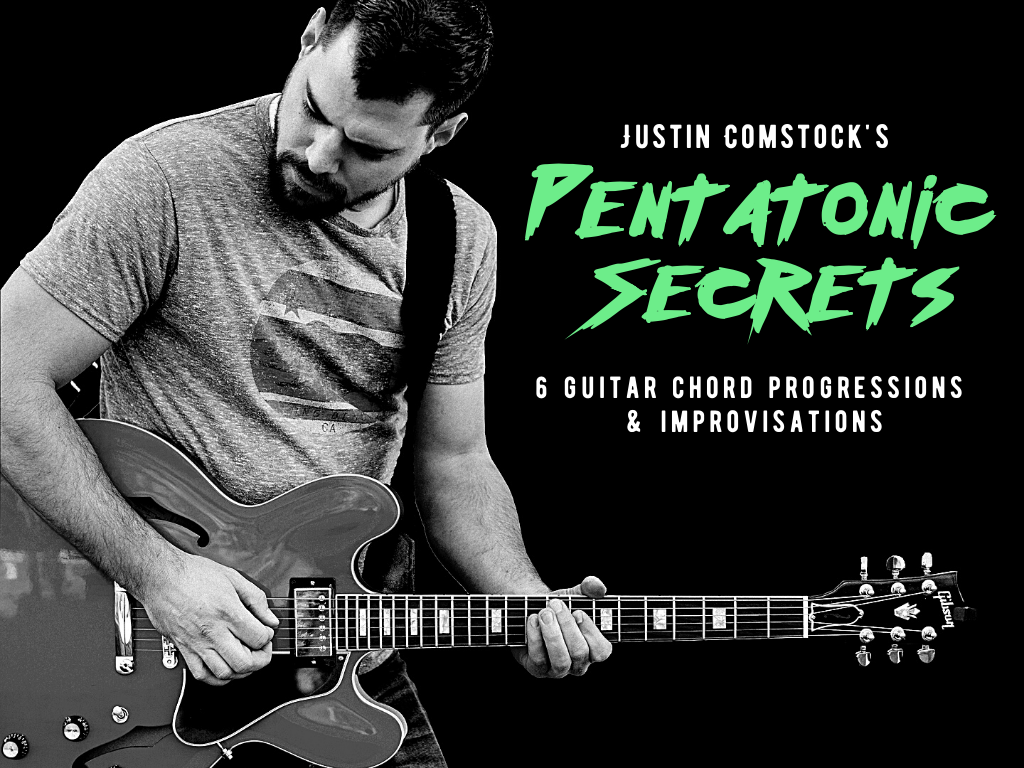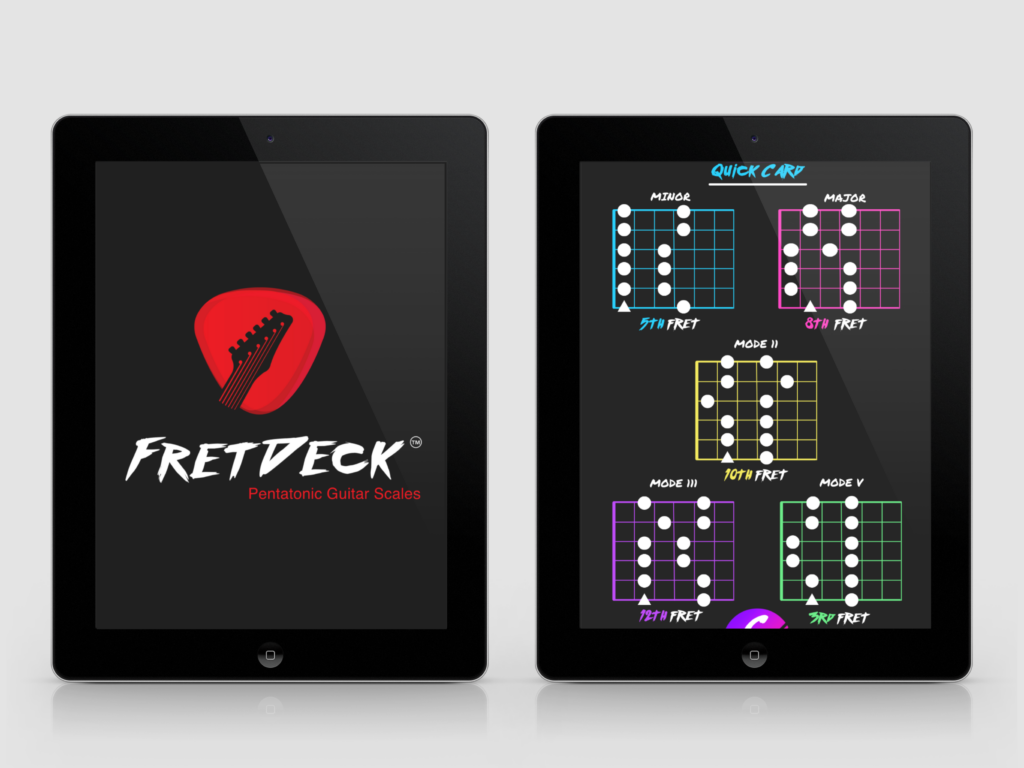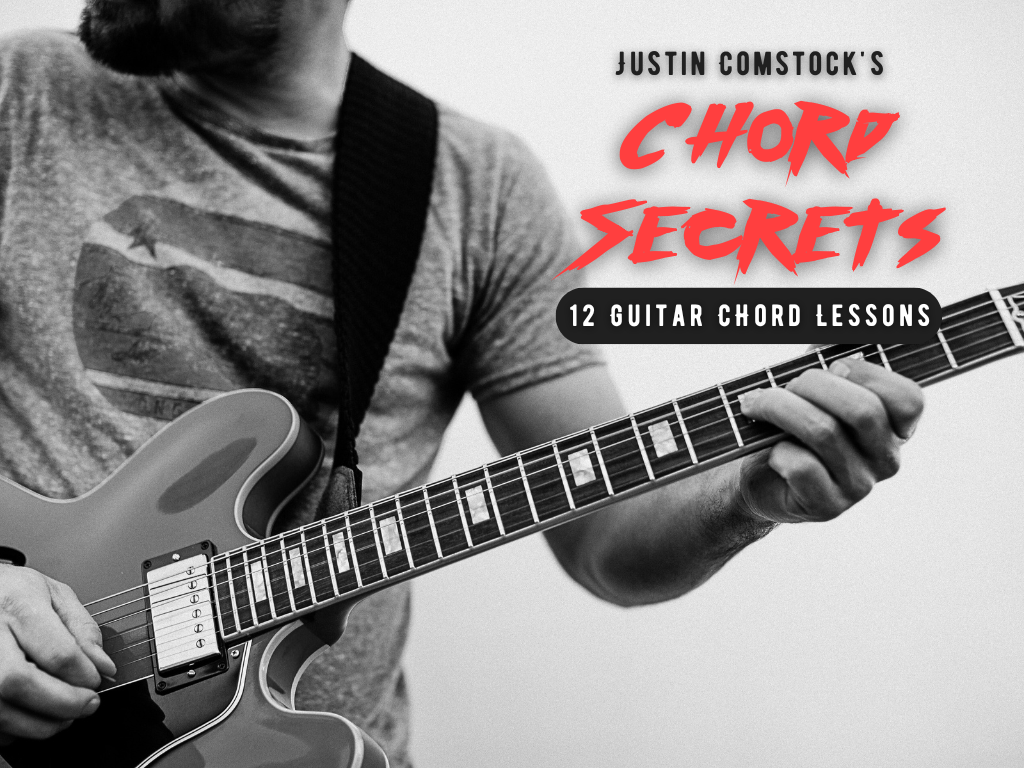If you’re reading this, you’ve likely asked yourself: “Can I really start guitar lessons for adults and make meaningful progress?” The short answer is yes — but there’s a mindset shift and a trajectory you’ll want to set early. Over years of teaching (and studying under teachers I respect deeply), I’ve seen adult students transform — not by brute force or endless scale drills, but by thoughtful, musical, incremental work.
In this post I’ll walk you through:
- Why adult guitar lessons are a unique challenge (and opportunity)
- The key pillars that separate “lessons that stick” from lessons you abandon
- A suggested path forward (with some techniques I use personally)
- How to go deeper via my Patreon (if you’re serious about momentum)
If you follow this, 12 months from now you won’t be the same guitarist you are today.
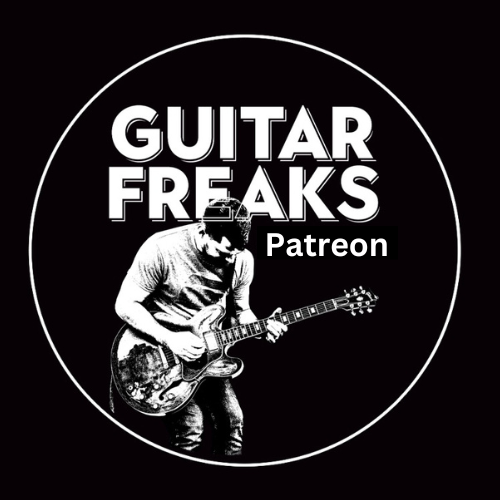
🎸 Join the Guitar Freaks Patreon!
Get SoloCraft™ E-Book & FretDeck™ FREE!
Join Guitar Freaks on Patreon and instantly unlock my full e-book SoloCraft & FretDeck™ Guitar Scales—your step-by-step guide to fretboard mastery and crafting soulful solos.
New video lesson drops every Friday so you’ve always got a fresh, focused practice plan for the week.
👉 Don’t miss out—join now and grab your free copy!
1. Why Guitar Lessons For Adults Are Different (and Why That’s Good)
When an adult starts guitar, there’s an unusual advantage—and a trap.
The advantage: you already know music in other ways
You may have sung, listened, composed, appreciated nuance. These “listening years” are assets. You don’t need to re-learn what a melody is, or what it means to accompany a voice. You can connect theoretical ideas to musical experience more quickly than a child might.
The trap: too much “musical ambition, too soon”
It’s tempting to dive into jazz lines, shredding solos, bizarre chord inversions — in short order. But without tonal grounding, a sense of melody, and control, you can spin your wheels. That’s one thing I’ve observed in reading Adam Levy’s tips: he often counsels minimalism, economy, restraint — let the music speak by what you don’t play. preparedguitar.blogspot.com
In short: adult learners often reach for “advanced” too early. The magic comes when you balance ambition with musical maturity.
2. The Pillars of Guitar Lessons For Adults
Below are the essential supports I try to build with every student. Call them “pillars of lasting progress.”
Pillar 1: A musical compass (not just technical drills)
In every lesson, choose a musical north: a song, a melodic fragment, a mood. Let your technique serve music, not dominate it. When you practice a scale, do so in a melodic, story-telling way (start, middle, ending). As Adam Levy often points out, your technique is not the goal — your musical voice is. Acoustic Guitar+2The AirGigs Music Production Blog+2
Pillar 2: Chunked, meaningful practice
Adults have limited time. If you have 20–30 minutes a day, divide it:
- 5 minutes of warmups / finger motion
- 10 minutes of musical exploration (melody, chord melody, improvising)
- 5 minutes of ear / transcription work
- 5 minutes of review / wrap-up
Make each chunk purposeful. Don’t trick yourself into “filling time” with busywork. Guitar Lessons for adults is absolutely reasonable.
Pillar 3: Listening + transcription as core curriculum
Don’t skip this. Learning to internalize what your ear hears is what makes you sound like you, not someone else. Transcribe short phrases from recordings you love. Try to play them by ear first, then check accuracy.
Pillar 4: Coaching awareness & feedback loops
If you’re just doing solo practice without check-ins, you plateau. Even a monthly review with a teacher (or peer) forces you to notice what’s stuck. Ask:
- Which stuck points reappear each week?
- What phrase or idea do I almost get, but not quite?
- What small next step will stretch me beyond comfort?
Pillar 5: Patience, consistency, and incremental challenge
You don’t need to “master” everything. Choose a narrow window — one chord progression, one melodic cell, one rhythmic groove — and deepen it slowly. This is the principle behind slow burn soloing (a concept in Adam Levy’s teaching). TrueFire
3. A Suggested 12-Month Trajectory for Adult Guitar Students
Here’s a rough roadmap. Use this not as a rigid schedule, but a scaffold you adjust to your pace.
| Phase | Focus | Outcomes |
|---|---|---|
| Months 0–3 | Establish consistency, tone, single-voice melodies, basic chords | You can play simple melodies, strum a few songs, internalize your finger positions |
| Months 3–6 | Introduce chord melody, voice-leading, small improvisations | You can harmonize a melody, add simple fills, navigate common jazz/pop progressions |
| Months 6–9 | Connect melodic & harmonic thinking, ear training, modest transcription work | You can transcribe small riffs, improvise over ii–V–I, comp behind singers |
| Months 9–12 | Deepen musical voice, combine texture & phrasing, confidence performing | You can perform one tune from start to finish, improvise within structure, present your own phrasing |
At each phase, return to the Pillars above. Ask yourself: am I practicing musically, or just mechanically?
4. Real Examples, Tactics & Mini–Exercises
Here are a few “mini tools” I often share in my lessons (and that echo strategies I admire from Adam Levy’s public tips). Use them as modular inserts into your practice.
Exercise: Melodic Dissection
Take a 4-bar melody from a song you love. Play it slowly, by ear. Then, for every note, ask: what harmony could lie behind this? Sketch a simple chord map, then improvise inside it. This builds your “melodic awareness” and harmonic sense in one go.
Grip the Space: Leave Gaps
Instead of trying to fill every beat with notes, play fewer, more meaningful notes, and let the time breathe. This is a recurring idea in Adam’s guidance: less is sometimes more. preparedguitar.blogspot.com+1
Micro-Modulation
Take one chord in a tune (say Dm7). Choose two or three neighboring chords (e.g. Em7, D7, Fmaj7). In your improvisation, pivot through those shifts briefly before returning. It widens your harmonic imagination around a familiar center.
Weekly Reflection & Adjustment
Every Sunday, spend 5 minutes writing:
- What improved this week?
- What frustration stuck?
- What is one tiny stretch next week?
This reflection closes the feedback loop.
5. Why Many Adults Quit — And How You Can Avoid That
In my teaching, I see recurring patterns:
- Too much too soon (overwhelm)
- Inconsistency (weeks off, then restart)
- Lack of accountability / performance goals
- Disconnection from music (getting lost in drills)
You avoid this by:
- Keeping your ambitions anchored in music
- Having a small but consistent habit (even 10 min/day is better than 1 hour every few days)
- Sharing progress (recordings, meetings, lessons)
- Setting performance benchmarks (play for a friend, submit a video)
6. Go Deeper: How My Patreon Helps You Accelerate
If you resonate with this style of learning, I host a Patreon community that amplifies everything above. (Yes, I’m “upselling” you now — but only because I believe deeply in giving value first.)
Here’s what Patreon members get:
- Monthly video lesson deep dives (not fluff — real explorations of harmony, phrasing, improvisation)
- Live Q&A / office hours — bring your blocked passages, tricky licks, or mindset challenges
- Demonstration breakdowns — I take small student submissions or short solos and deconstruct them
- Community / accountability — a safe, musical space to share your recordings, ask questions, and get feedback
If you’re interested, I’d love to invite you to the Patreon. Join my patreon to see tiers, sample content, and decide. There’s zero pressure — only musical possibility.

🎸 Join the Guitar Freaks Patreon!
Get SoloCraft™ E-Book & FretDeck™ FREE!
Join Guitar Freaks on Patreon and instantly unlock my full e-book SoloCraft & FretDeck™ Guitar Scales—your step-by-step guide to fretboard mastery and crafting soulful solos.
New video lesson drops every Friday so you’ve always got a fresh, focused practice plan for the week.
👉 Don’t miss out—join now and grab your free copy!
7. Final Thoughts & Invitation to Begin
Guitar lessons for adults are not only possible — they can become deeply satisfying, expressive, and liberating. But you don’t get there by copying tutorials or chasing flashy licks. You get there by developing musical maturity, listening skills, patience, and a bit of coaching.
If you adopt even just two of the Pillars above, and stick for a year, your growth will astound you — and your friends might finally stop saying, “You still playing?” and instead say, “When’s your next gig?”
If you want to go deeper with monthly feedback, curated lessons, and a community that cares, consider joining the Patreon. It might seem like another “cost” — but think of it instead as a momentum lever for your musical evolution.
Let me know how I can help you personalize your path, pick your next exercise, or get oriented in the first 90 days. I’m here — with you, and for your guitar.
